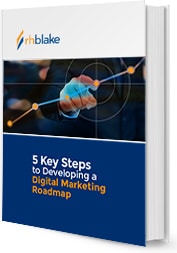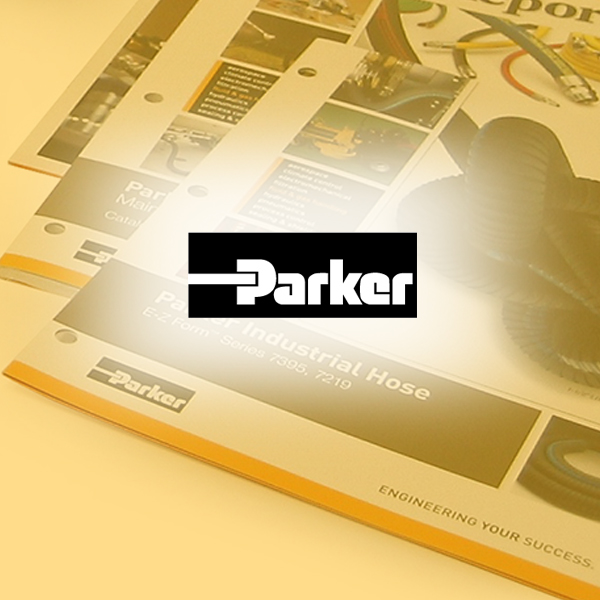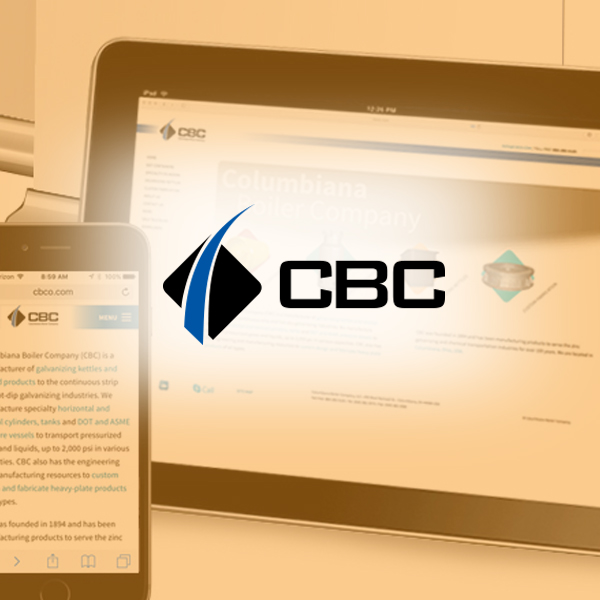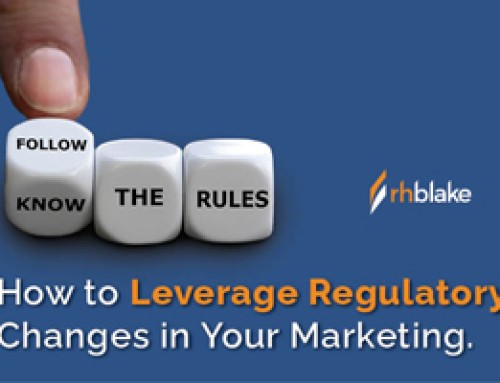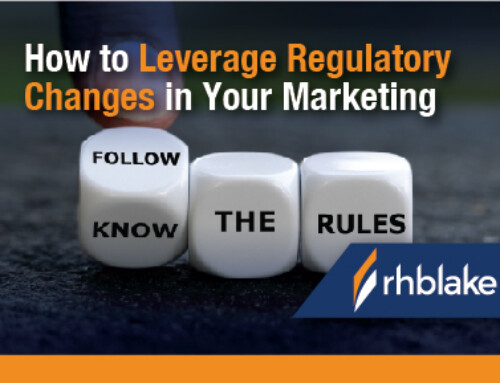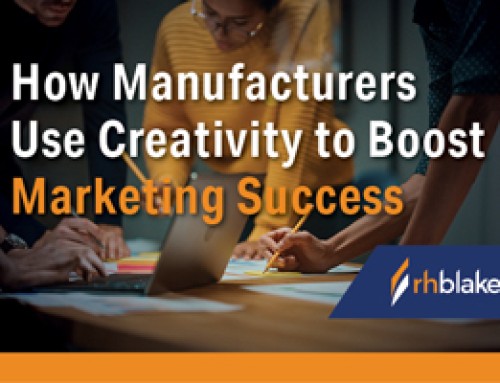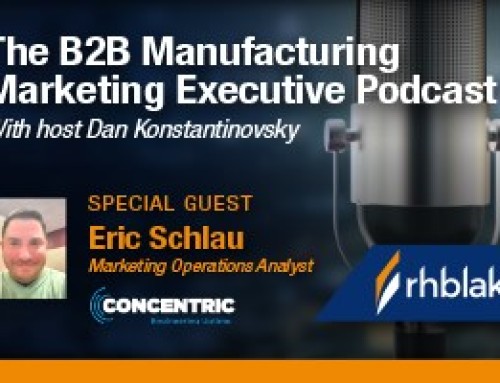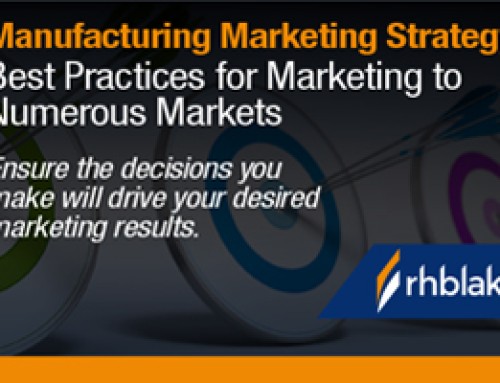B2B Manufacturing Marketing Best-Practices: How to Create Industrial-focused Sales Funnels That Scale
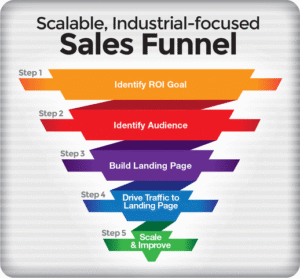
Written by Dan Konstantinovsky
Strategic Marketing, RH Blake
![]()
What is a marketing sales funnel?
As a B2B manufacturing marketer, chances are the sales cycle for your offerings is closer to months and years than days, and includes a multitude of influencers each with different functions, objectives and hesitations. The process of marketing your offerings throughout the sales cycle to the right people with the right message at the right time is the marketing sales funnel, and can be a key business growth differentiator.
Is it really a funnel?
The funnel analogy is not quite accurate however. In a funnel, everything that goes in at the top eventually comes out the bottom. In B2B marketing, this isn’t exactly (at all) accurate.
For our purposes, let’s consider a sales funnel as the series of review stages customers go through to evaluate their specification and purchasing options, with the result becoming qualified leads. These stages vary by target audience and their respective point in the sales cycle. Leading manufacturing marketers define each of these stages and develop pathways that they’d like to guide their ideal prospects through, turning them into customers.
A critical idea behind creating a sales funnel is that you must deeply understand your ideal customers and consider precisely the next step you’d like your potential customers to take. Once this is defined, your job as a B2B manufacturing marketer becomes easier and more effective.
Step 1, Identify the End Goal
In a perfect world, what does success look like for this program? And simply responding with “leads” isn’t good enough. How many leads per month? Where in the sales cycle are the leads? Which offering are the leads for? And what’s the expected ROI? Document these metrics as part of your marketing dashboard. Although not a direct part of the sales funnel, consider how much each qualified lead is worth (lifecycle value) as this will help you better measure success. Need lead generation inspiration? Here are 17 can’t miss website lead generation ideas for manufacturers.
Need help organizing your
content strategy?
Request a quick consultation about your content program.
Step 2, Identify Your Specific Audience
Who is your target audience? For example, if you answered “metal fabricators,” get more specific. If you answered, “newly appointed VPs of Engineering in U.S. metal fabrication shops that are hiring welders and have between $25 to 100M revenue,” you’re much closer. The more specific you can be at this stage, the more successful you’ll be with guiding prospects through your funnel.
Step 3, Build the Perfect Landing Page
At a high-level, the perfect landing page has two components: The “Learn Magnet” and “Lead Magnet.” The learn magnet will be the key pain point that you’re addressing for your target audience – this insight should have come out in Step 2. The deeper and more specific you’re addressing the pain point, the better. Your target audience should feel like you’re inside their head as they are learning about your insight. All too often, manufacturers default this activity to a blog post but this isn’t always the best medium. To identify the right approach for your learn magnet, consider researching what’s already developed on this topic and how you can make it better – more timely, more-in-depth, more specific, more engaging with video, etc.
The second component, the lead magnet, should be an offer that complements the learn magnet content and helps move the prospect through the sales cycle. The more relevant the lead magnet is to the learn magnet, the better the results. For example, if you’re educating your prospects on a recent safety regulation change and the call to action is “Contact us,” your results won’t be as successful as a more relevant call-to-action such as an accompanying industry regulation summary guide. There are also several structural best practices you should consider when developing a landing page, click here to learn several of the critical ones.
Step 4, Drive Traffic to the Landing Page
Now that you know who you’re targeting and their objectives, and have developed content that helps them overcome their pain points, it’s time to drive quality visitors and prospects to your landing page with organic and/or paid methods. Leveraging the findings in Step 2 will help you better prioritize which approaches make the most sense.
Step 5, Scale with Continuous Improvement
As your sales funnel program unfolds, you should focus on reviewing progress and making incremental improvements. Isolate each variable (the ad, message, landing page, offer, etc.) and continue to test and improve. Once you’ve achieved a successful outcome and ROI (e.g., for every $1000 we invest, we receive 10 leads which turn into one sale with a lifecycle value of $10,000), depending on your business goals, pour gas on the fire and drive more leads!
Summary: B2B Manufacturing Marketing Best-Practices for Creating Industrial-focused, Targeted Sales Funnels That Scale
Today’s sales process is far more complex than a simple funnel model may suggest. However, if the steps outlined above are executed correctly, you will have the recipe for creating similar sales funnels for all your target audiences and offerings at different buying and educational stages.
Experience You Can Trust
A few of the Manufacturing-focused clients we have the privilege of working with:
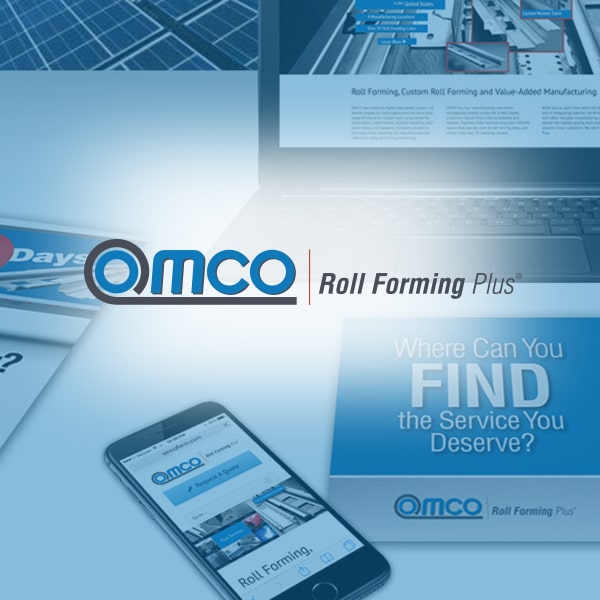
OMCO
Free Download: 5 Key Steps to Developing a Digital Marketing Roadmap
A Must Have Digital Marketing Guide for Manufacturers
